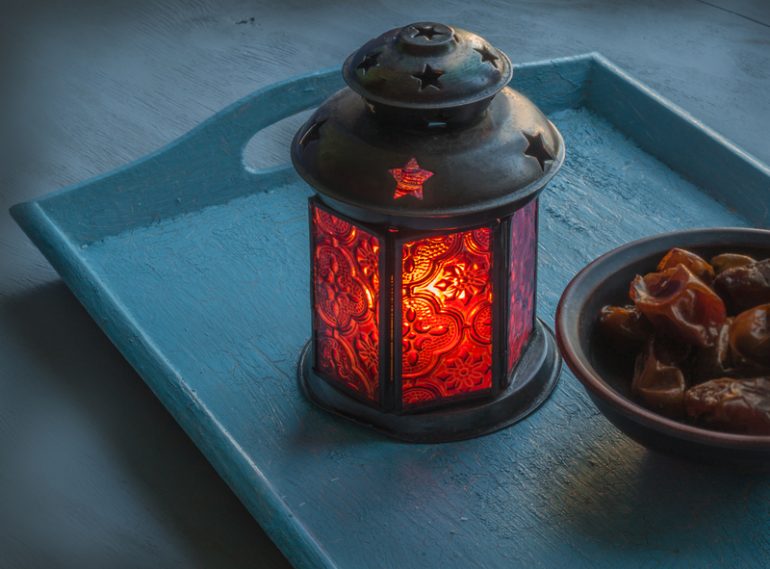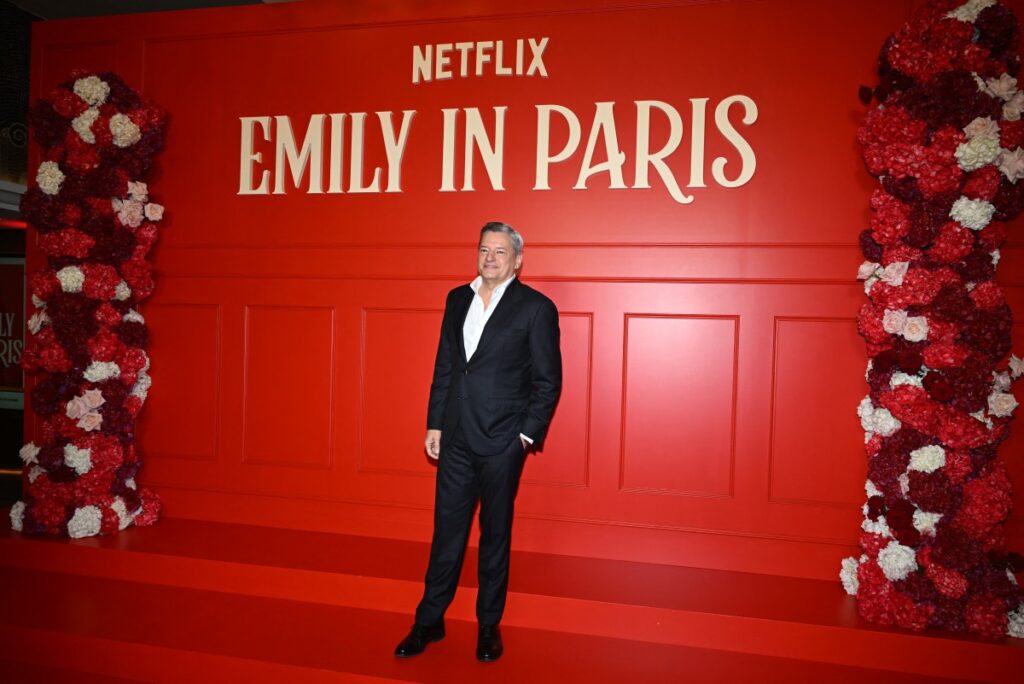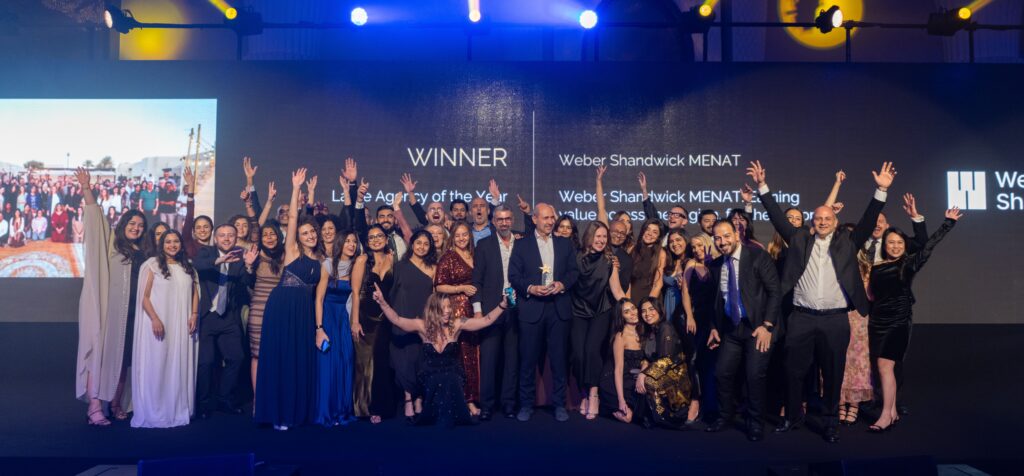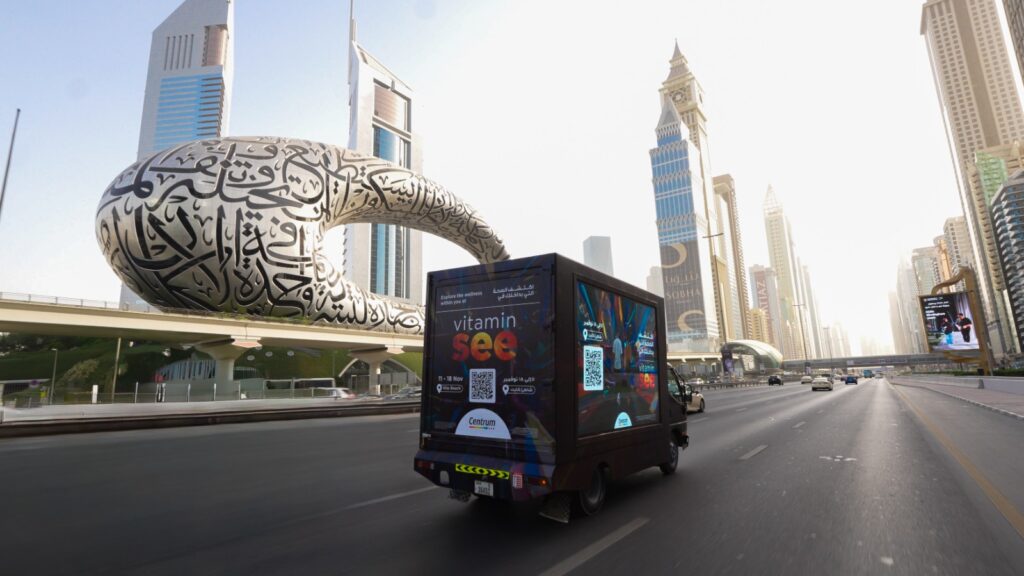Ramadan is a peak period for advertisers with 23 percent of TV ad spends being spent in the Holy Month according to Ipsos 2017 research.
During this time, video consumption also increases, YouTube reports.
Why YouTube?
According to Ipsos reports last year, Ramadan viewership on YouTube over the last three years has increased threefold in comparison to TV, while TV viewership remained flat. YouTube viewership actually rises during Ramadan and for weeks afterward, with viewers often tuning in to YouTube specifically to watch popular Ramadan ads. In fact, viewers in Saudi Arabia (60 percent) and in Egypt (70 percent) actually prefer watching ads on YouTube to TV. Moreover, there was a 26 percent drop in TV viewing during Ramadan in Saudi Arabia.
Moreover online engagement, too, increases. Last year, YouTube reported that in Ramadan, viewers are actively interacting with likes increasing 447 percent; sharing rising by 228 percent; comments increasing 431 percent, and subscribers spiking by a whopping 490 percent.
What works?
READ: Puck’s Ramadan 2017 ad is a lesson on how NOT to market women
Brands can make use of these numbers – and of course, strategy and creative – to drive the best results. In 2016, for example, VIVA Kuwait won YouTube’s Lantern Award boasting a 94 percent completion rate for its teaser video; 100 percent completion rate for the second video; 26 percent overall view-through rate against MENA benchmark of 15 percent and 50 percent organic views for its “Where is My Bowl?” campaign. In 2017, Orange Egypt won the award for its campaign “Nothing Gets Past Mohamed Henedi” by Leo Burnett and UM. Speaking to Communicate, Alex Brunori, Google’s creative lead for MENA, said that average view duration during Ramadan increases by 11 percent, users subscribe at 13 percent increased rates, and commenting rates jump by a staggering 57 percent during Ramadan compared to the rest of the year.
P&G’s relationship with YouTube
Now, just a month before Ramadan one of the world’s biggest advertisers, P&G, has told its brands they could buy spots on YouTube. The company had kept its ads off YouTube for more than a year because of concerns about inappropriate content. The company had stopped spending on YouTube in March 2017 following an outcry over extremist and other disturbing videos. The boycott spread to other marquee marketers, prompting Alphabet Inc.’s Google to overhaul YouTube policies and hire more human moderators to clean up the service.
ALSO READ: Ramadan best practices for automotive brands
An industry insider in the UAE confirmed the decision saying that P&G is taking steps to ensure that all channels are safe. They’re pre-approving channels and the content on those channels, which involves both software and actual people – the software will keep a check on the channels in addition to people watching the channels to ensure that the content doesn’t pose any risk to the brands.
Prior to its fallout with YouTube, P&G had spent massive amounts on the video platform especially during Ramadan. In 2014, it shifted about 30 percent of its ad spend in the region to YouTube. At the time, Ali Faruqi, media and digital manager for the Arabian Peninsula at Procter & Gamble said in an interview with Dubai Eye that TV viewership grows 20 percent during Ramadan. But, when you look at YouTube, Saudi and UAE have the largest viewership in the world. And during Ramadan, viewership on Ramadan grows by 20 to 30 percent, which explains the P&G’s shift from TV to YouTube. Also, purchase intent and ROI is higher on YouTube, added Faruqi.
READ: Why Zain’s anti-terror ad is eliciting criticism
In 2015, P&G was one of two brands – the other being Pepsi – that used Google Preferred to appear on the most popular YouTube channels in the beginning of Ramadan.
Google Preferred ranks channels using a preference score algorithm that measures watch time and engagement metrics such as number of subscribers, likes and more. As part of the service agreement, the two brands exclusively sponsored around 275 category-specific channels, including TV series, comedy, cooking, lifestyle, gaming and other content relevant to the month.
The brand’s plans – if any – for YouTube during the upcoming month of Ramadan remain undisclosed for now. We will update this story as we hear more.






